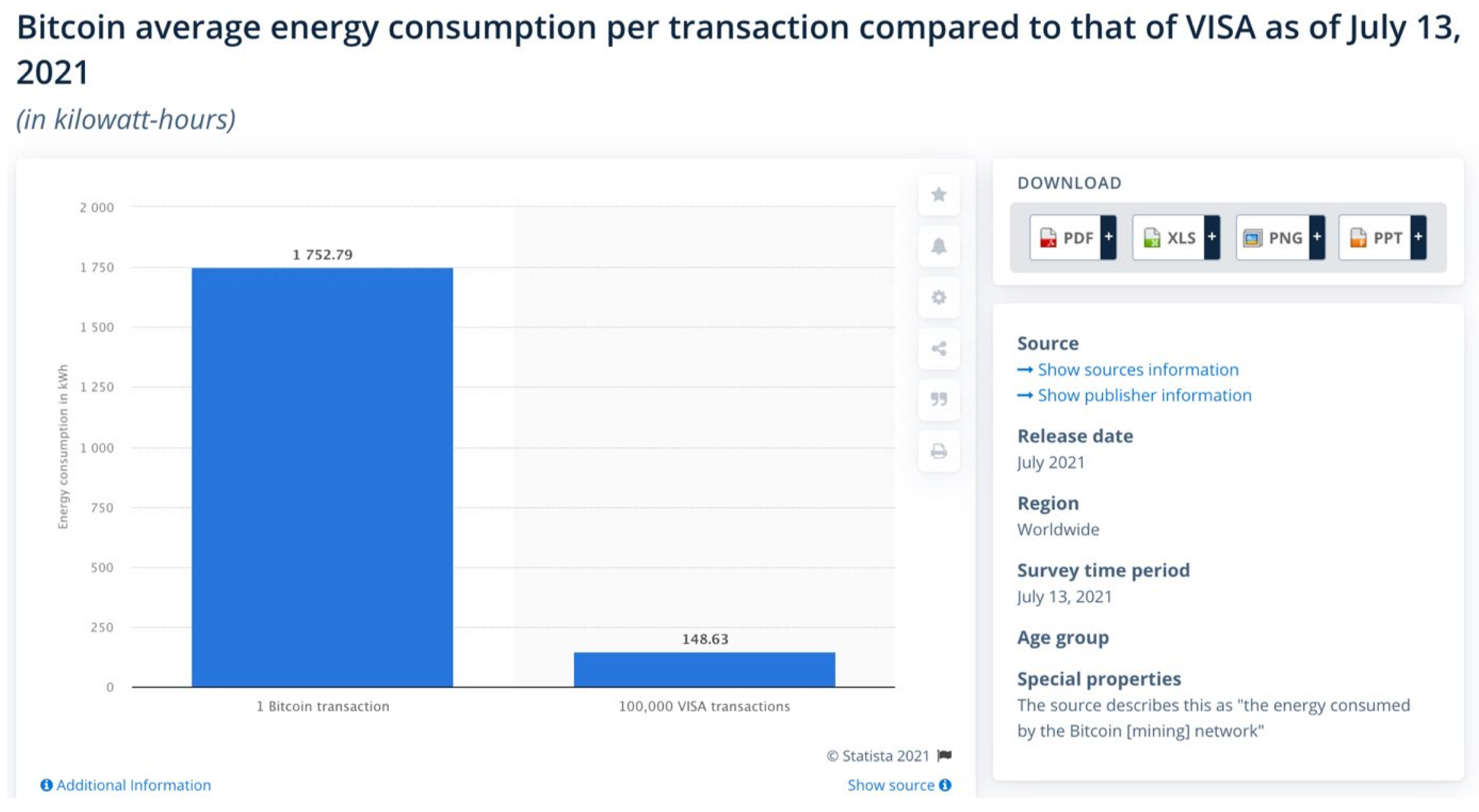Cryptocurrency and Blockchains - by Paul
Introduction
What is Cryptocurrency.
Cryptocurrency is a way to trade currency and other assets digitally, independent of any third-party entity, such as a government or bank (Royal & Voigt 2021). These transactions take place on a decentralised ledger system called the blockchain. The first cryptocurrency was Bitcoin, and it remains a leading digital currency, along with Ethereum, XRP, and others. Additionally, cryptocurrencies are frequently used to facilitate grey and black-market transactions, so many countries view them with distrust or outright animosity (Martucci 2021).
What is Blockchain.
Voight (2021) describes a cryptocurrency’s blockchain as the master public ledger that records and stores all prior transactions and activity, validating ownership of all units of the currency at any given point in time. Voight (2021) also goes onto how it works by explaining a blockchain has a finite length which contains a finite number of transactions, that increases over time. Identical copies of the blockchain are stored in every node of the cryptocurrency’s software network which is the network of decentralized server farms, run by computer-savvy individuals or groups of individuals known as miners, that continually record and authenticate cryptocurrency transactions. A cryptocurrency transaction technically isn’t finalized until it’s added to the blockchain, which usually occurs within minutes. Once the transaction is finalized, it’s usually irreversible.
Unlike traditional payment processors, such as PayPal and credit cards, most cryptocurrencies have no built-in refund or chargeback functions, although some newer cryptocurrencies have rudimentary refund features (Martucci 2021). During the lag time between the transaction’s initiation and finalization, the units aren’t available for use by either party. Instead, they’re held in a sort of escrow. The blockchain thus prevents double-spending, or the manipulation of cryptocurrency code to allow the same currency units to be duplicated and sent to multiple recipients.

